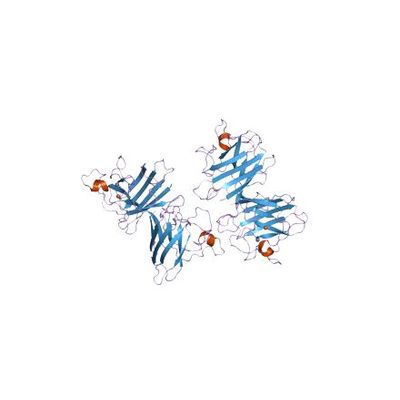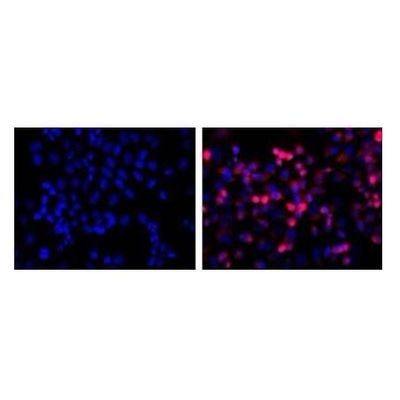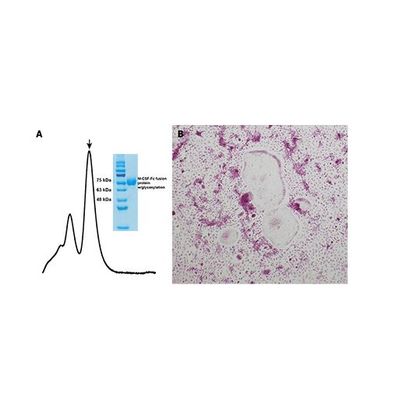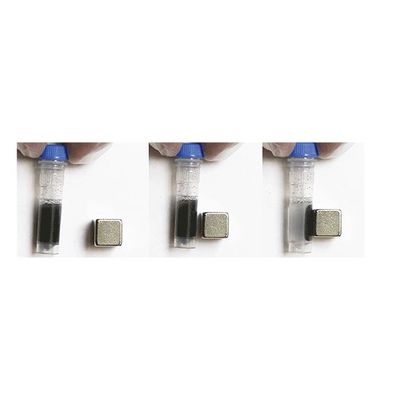

LifeTein, LLC products
LifeTein - Superoxide Dismutase
Superoxide Dismutase (SOD) is also known as Orgotein, SOD, Super Dioxide Dismutase, Superóxido Dismutasa, Superoxydase Dismutase, or Superoxyde Dismutase. The SOD1 gene is located on the long (q) arm of chromosome 21 at position 22.11. More precisely, the SOD1 gene is located from base pair 33,031,934 to base pair 33,041,243 on chromosome 21.
LifeTein - Anti His Monoclonal Antibody
Catalog Number: LT0426, Lot Number: 411005100202, Isotype: Mouse IgG2b, Clonality: HIS.H8, Quantity: 50 μg, Lyophilized with PBS, pH7.4, Positive Control: Purchase matching Western Blot positive control protein.
LifeTein - Macrophage Colony Stimulating Factor (M-CSF)
Macrophage Colony Stimulating Factor (M-CSF), also known as CSF-1, can be produced by a number of cells, including fibroblasts, monocytes, activated macrophages, secretory epithelial cells of the endometrium, endothelial cells activated by LPS or cytokines, and bone marrow stromal cells. In addition to its namesake activity, M-CSF can stimulate the proliferation of isolated macrophages, augment the production and release of cytokines and other inflammatory modulators from macrophages, enhance macrophage antibody-dependent cell-mediated cytotoxicity, prime and enhance macrophages in their ability to kill tumor cells and other microorganisms, stimulate pinocytosis, and support osteoclast differentiation. M-CSF binds and activates a 165 kDa glycoprotein of the receptor tyrosine kinase subclass III or the RTK subfamily.
LifeTein - Amine-activated Peptide Conjugation Magnetic Beads
LifeTein’s unique coupling chemistry enables fast and efficient conjugation of amino (-NH2) or thiol (-SH) containing proteins and peptides, to the solid core with iron oxide clusters. All steps in the coupling are performed at physiological conditions and at room temperature with high yields and short reaction times. The Amine-Terminated Magnetic Beads are silica-based superparamagnetic beads coated with a high density of primary amine functional groups on the surface. The beads are used to covalently conjugate primary amine or carboxy-containing ligands. The beads are used to couple amine-containing ligands such as DNA/RNA, peptides, proteins, antibodies, and aptamers. Subsequently, target proteins are easily separated from the solution using a magnet for downstream experiments.




